This is a large bird species, measuring 90-120 cm in length and weighing 2.2-2.5 kg. In the Vietnam Red Data Book, this unique bird is classified as critically endangered, primarily due to hunting by local residents for meat, and its habitat is fragmented due to the destruction of primary forests.
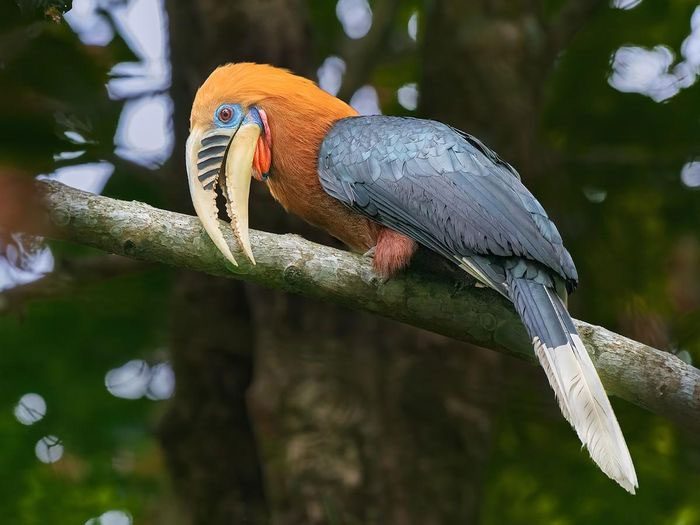
Residing in the Northwest and North Central regions, The Great Hornbill (Aceros nipalensis) is one of the most visually striking bird species and is critically endangered in Vietnam.
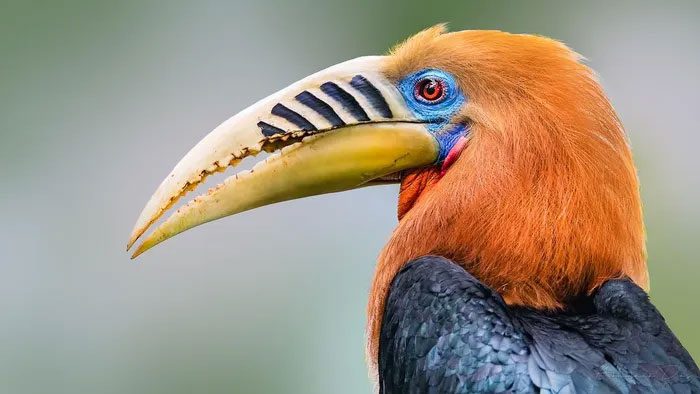
This is a large bird species, with adults measuring 90-120 cm in length and weighing 2.2-2.5 kg. Their most distinctive feature is their large yellow beak, which has black markings at the base.
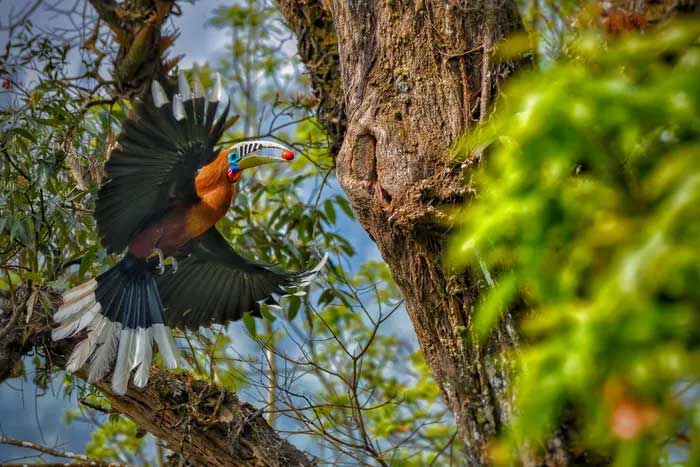
The Great Hornbill has an orange skin pouch beneath its chin and a blue skin ridge around its eyes.
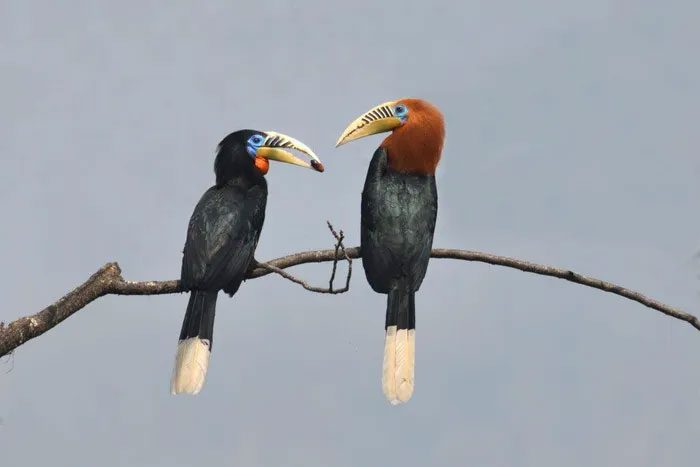
The Great Hornbill usually inhabits evergreen broadleaf forests at altitudes ranging from about 600 to 1,800 meters. They are sometimes found at lower elevations of 150 meters or up to 2,200 meters.

Some populations migrate seasonally between different forest areas, feeding primarily on berries.

They nest in tree cavities that are 10-30 meters above the ground.
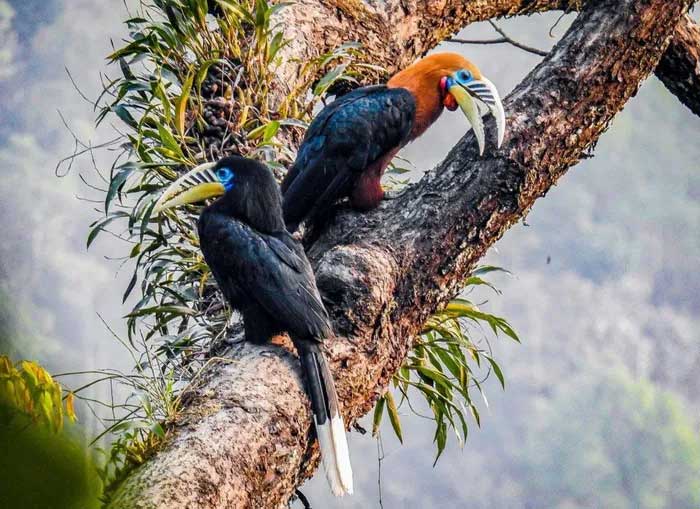
In Vietnam, the Great Hornbill has been found in forests in Lao Cai, Lai Chau, Yen Bai, and Nghe An. Globally, they are distributed in South Asia, South China, and Southeast Asia.
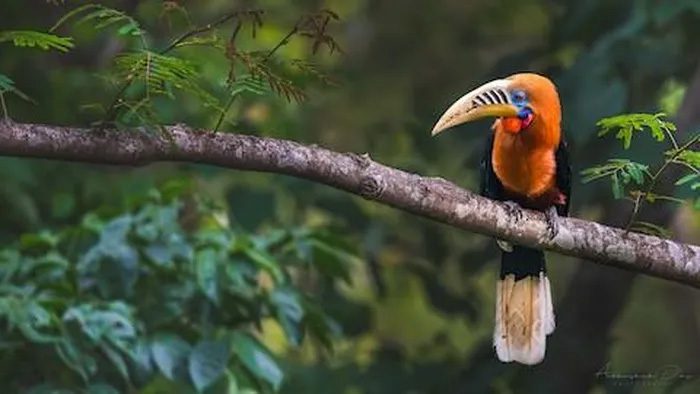
This bird species is rapidly declining in numbers in Vietnam. In the Vietnam Red Data Book, this unique bird is classified as critically endangered.
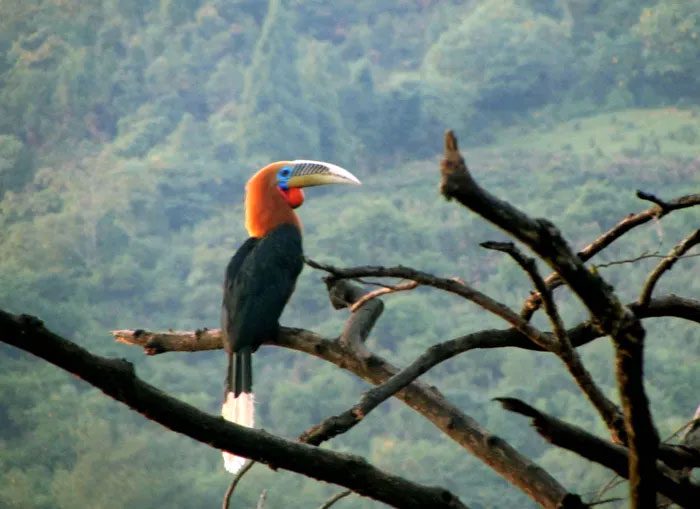

The primary threats to the Great Hornbill are hunting by local residents for meat, loss of nesting and feeding areas, and habitat fragmentation due to the destruction of primary forests.


















































